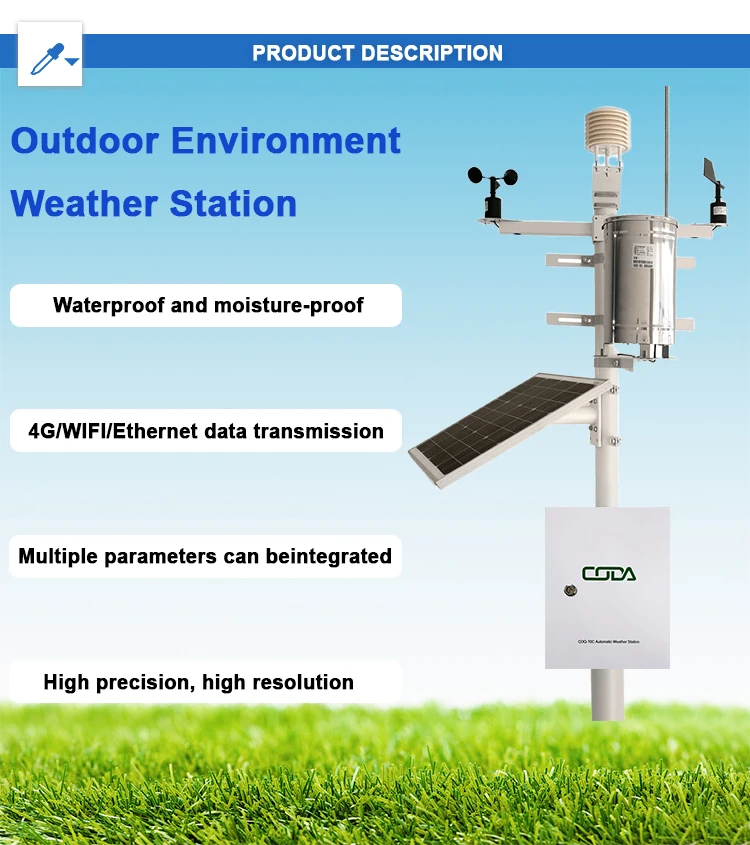Automatic Weather Station: Definition and Functionality

# Automatic Weather Station: Definition and Functionality
## What is an Automatic Weather Station?
An Automatic Weather Station (AWS) is a sophisticated system designed to collect and transmit meteorological data without the need for constant human intervention. These stations are equipped with various sensors that measure atmospheric conditions such as temperature, humidity, wind speed and direction, rainfall, barometric pressure, and solar radiation.
AWS systems have become increasingly important in modern meteorology, agriculture, aviation, and environmental monitoring. They provide real-time data that helps in weather forecasting, climate research, and decision-making processes across multiple industries.
## Key Components of an Automatic Weather Station
A typical AWS consists of several essential components:
– Sensors: These measure various weather parameters
– Data logger: Collects and stores measurements from sensors
– Power supply: Usually solar panels with battery backup
– Communication system: Transmits data to central servers
– Mounting structure: Supports the equipment
## How Automatic Weather Stations Work
The functionality of an AWS can be broken down into three main processes:
1. Data Collection: Sensors continuously monitor environmental conditions and convert physical measurements into electrical signals.
2. Data Processing: The data logger converts these signals into digital values, applies necessary calibrations, and timestamps each measurement.
3. Data Transmission: Processed information is sent via wired or wireless communication methods (GSM, satellite, radio) to central databases or directly to end-users.
## Applications of Automatic Weather Stations
Automatic Weather Stations serve numerous purposes across different sectors:
– Meteorological services for weather forecasting
– Agricultural planning and irrigation management
– Aviation weather monitoring
– Hydrological studies and flood prediction
– Climate change research
– Renewable energy projects (solar/wind farms)
– Construction and infrastructure projects
## Advantages of Using Automatic Weather Stations
Compared to traditional manual weather stations, AWS offer several benefits:
– Continuous, real-time data collection
– Reduced human error in measurements
– Ability to operate in remote locations
– Lower long-term operational costs
– Higher data resolution (minute-by-minute updates)
– Integration with other monitoring systems
## Future Developments in AWS Technology
The field of automatic weather monitoring continues to evolve with technological advancements. Future trends include:
– Miniaturization of sensors and equipment
– Improved energy efficiency and battery life
– Enhanced data transmission capabilities (5G, IoT integration)
– Artificial intelligence for data analysis and quality control
– Increased use of drone-based AWS for temporary deployments
As climate monitoring becomes increasingly critical, automatic weather stations will play a vital role in gathering the data needed to understand and respond to environmental changes. Their versatility, reliability, and cost-effectiveness make them indispensable tools for weather observation in the 21st century.
Keyword: what is automatic weather station
